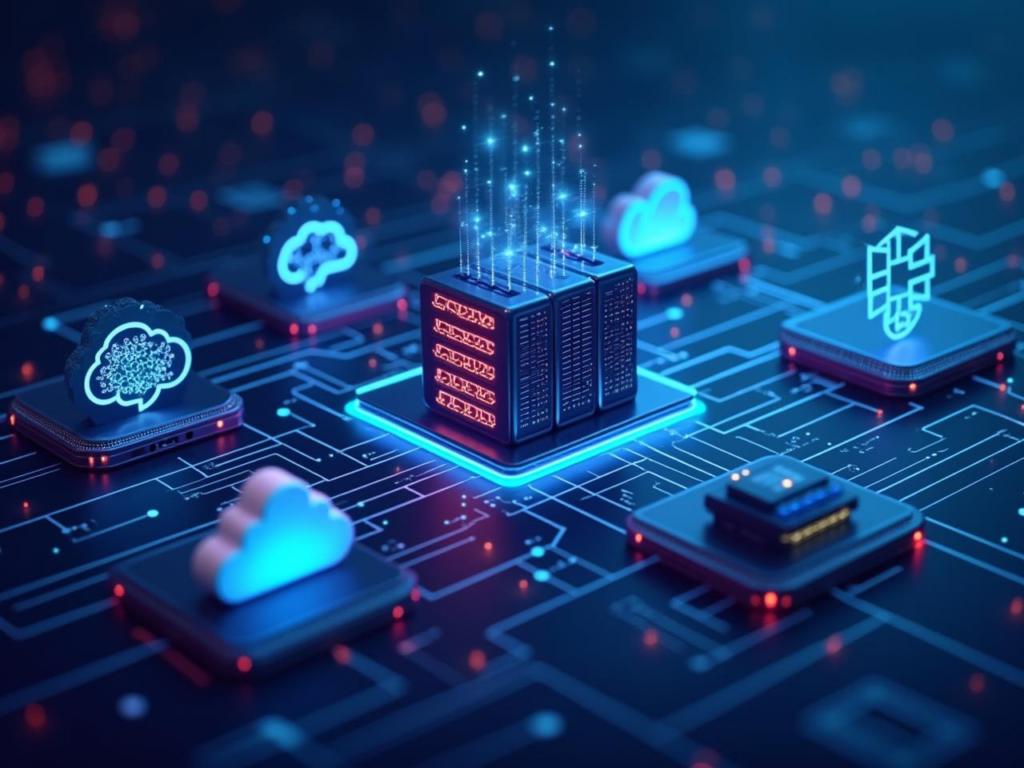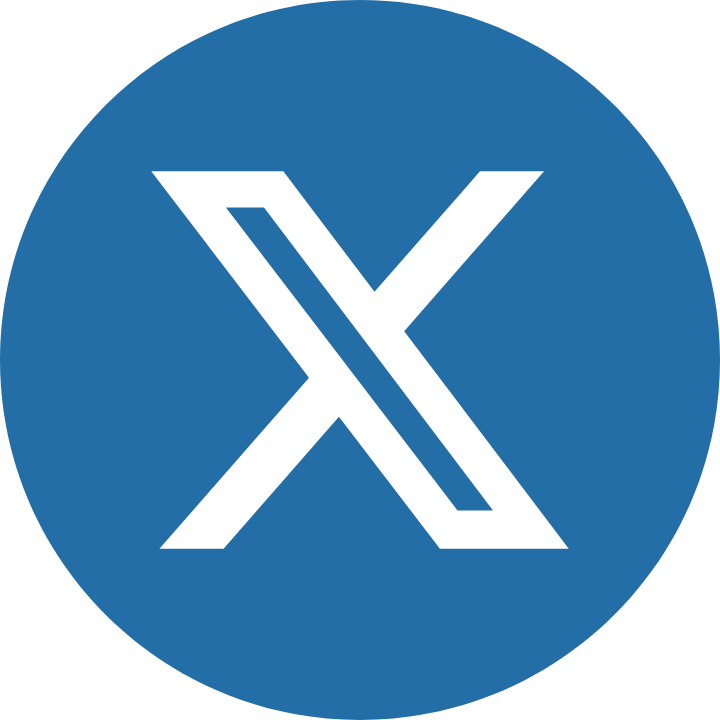Table of Content
In modern machine learning, one of the most challenging bottlenecks is the excessive training time required for complex models. As the size and complexity of datasets and models continue to grow, traditional single-machine training methods become inadequate.
Distributed training offers a solution by partitioning the workload across multiple computing devices—similar to several people collaboratively lifting a heavy object instead of one individual bearing the entire burden. This approach reduces training times and enables the processing of vast datasets and the training of larger, more complex models.
This article explores two main approaches—data parallelism and model parallelism—discussing the benefits they offer and the challenges that must be addressed to harness their full potential.
Technical Overview
Instead of relying on a single powerful machine, distributed training utilizes a cluster of devices (CPUs, GPUs, or specialized AI accelerators) to train a single model collaboratively.
This parallel processing allows for:
- Faster Training Times: By splitting the data and/or the model across multiple devices, the overall time required to complete one training epoch (a full pass through the dataset) is significantly reduced.
- Handling Larger Datasets: Models can be trained on datasets that are too large to fit into the memory of a single machine. The data can be partitioned and processed in parallel across the distributed system.
- Training Larger and More Complex Models: Distributed training enables the training of models with billions or even trillions of parameters, which would be computationally infeasible on a single device due to memory and processing limitations.
Distributed Training Types
There are two main approaches to distributed training for deep learning models:
Data Parallelism
In data parallelism, the entire model is replicated on each device, but the training data is divided into smaller batches. Each device processes a different batch of data, and then the gradients (updates to the model’s weights) are aggregated and synchronized across all devices.
Example:
Imagine you have a deep learning model designed to classify images as either containing a cat or not. Using data parallelism with 4 GPUs, you would copy the entire cat/not-cat classification model onto each of the 4 GPUs. If you have a dataset of 1000 cat and non-cat images, you might divide this dataset into four batches of 250 images each. Each GPU would then train its copy of the model on its assigned batch of 250 images, calculating the gradients based on its portion of the data.
Model Parallelism
Model parallelism is used when the model itself is too large to fit into a single device’s memory. In this approach, different layers or parts of the model are distributed across multiple devices. Each device is responsible for computing the forward and backward passes for its assigned portion of the model.
Example:
Consider a very large and deep convolutional neural network designed for the cat/not-cat classification task. Suppose this model has so many layers and parameters that it cannot fit into the memory of a single GPU. Using model parallelism with 2 GPUs, you might place the first half of the model’s layers (e.g., the initial convolutional layers) on the first GPU and the second half (e.g., the later convolutional and fully connected layers) on the second GPU. When an image is fed into the model, the first GPU processes it through its portion of the network and sends the intermediate activations to the second GPU. The second GPU then processes these activations through its part of the network to produce the final cat/not-cat prediction.
Benefits of Distributed Training
The benefits of distributed training extend far beyond mere technical improvements—they have significant implications for various stakeholders in the AI ecosystem. Here’s why it is crucial:
For Researchers and Engineers:
- Faster Experimentation Cycles: Distributed training allows quicker iterations on model architectures, hyperparameters, and training strategies, accelerating research progress and fostering the development of more sophisticated AI.
- Ability to Tackle More Ambitious Projects: It enables the training of cutting-edge, large-scale models that were previously unfeasible, pushing the boundaries of AI capabilities.
- Improved Resource Utilization: By efficiently leveraging clusters of machines, researchers can maximize their computational resources and achieve better performance relative to cost.
For Business Leaders and Decision Makers:
- Faster Time-to-Market: Reduced training times result in quicker deployment of AI-powered products and services, giving businesses a competitive edge.
- Development of More Powerful and Accurate AI Solutions: Distributed training supports the creation of complex models capable of achieving higher accuracy and managing more intricate tasks, thereby enhancing business outcomes.
- Scalability and Flexibility: Distributed systems can be scaled up or down based on project needs, offering flexibility and cost efficiency.
- Potential for New Revenue Streams: The ability to develop and deploy advanced AI solutions opens up new business opportunities and revenue streams.
Challenges in Distributed Training
While distributed training offers significant advantages, it presents several challenges that practitioners must navigate:
- Synchronization Bottlenecks: In synchronous data parallelism, the slowest worker (the “straggler”) can hold back the entire training process. Waiting for all devices to complete their computations before updating the model can negate some of the speedup gained by parallelism.
- Increased Complexity: The setup, configuration, and debugging of distributed training environments are significantly more complex than single-machine training. Managing multiple processes, ensuring proper communication, and handling potential failures demand specialized knowledge and tools.
- Reproducibility: Achieving reproducible results in distributed training is challenging due to factors such as the order of gradient updates in asynchronous methods or subtle differences in hardware and software configurations across workers.
- Cost and Infrastructure: The cost of setting up and maintaining a distributed training infrastructure—especially with specialized hardware like GPUs—can be considerable.
Popular Distributed Training Tools
A number of powerful software frameworks have emerged to abstract away much of the complexity associated with distributed training and to address the challenges mentioned above. Some of the most popular tools include:
- PyTorch Distributed: Integrated into the PyTorch deep learning framework, torch.distributed provides a comprehensive set of primitives for building distributed applications. It supports various communication backends (e.g., NCCL, Gloo, MPI) optimized for different hardware and network configurations. PyTorch Distributed is flexible for implementing both data and model parallelism, offering utilities for efficient gradient aggregation and synchronization.
- TensorFlow Distributed: TensorFlow offers robust distributed training capabilities through modules like tf.distribute.Strategy. This API provides a high-level abstraction for distributing training across different hardware configurations (e.g., multi-GPU on a single machine, multiple machines, TPUs) with minimal code changes. TensorFlow also includes tools for data distribution and management.
- Horovod: Developed by Uber, Horovod is an open-source framework designed to make distributed deep learning fast and easy to use. It works with TensorFlow, PyTorch, Keras, and MXNet, leveraging efficient communication libraries like MPI and NCCL. Horovod is particularly noted for its simplicity and performance in data-parallel training scenarios.
- Ray: While not strictly a deep learning framework, Ray is a general-purpose distributed computing platform that has gained significant traction in the machine learning community. It provides a flexible and scalable environment for building distributed training pipelines, hyperparameter tuning, and reinforcement learning workflows. Libraries like Ray Train extend Ray to offer high-level APIs for distributed training with popular deep-learning frameworks.
Cloud Environments
Training large and complex models often demands significant computational resources that can be provisioned on demand in the cloud. This approach eliminates the need for substantial upfront investments in dedicated on-premises infrastructure and supports a multi-cloud strategy.
Major cloud providers like Amazon Web Services (AWS), Google Cloud Platform (GCP), and Microsoft Azure offer a range of services specifically designed to facilitate distributed training. These services include:
- Scalable Compute Instances: Access to a vast array of virtual machines (VMs) equipped with powerful CPUs and accelerators (such as NVIDIA GPUs and Google TPUs). Users can easily spin up clusters tailored to their training needs and scale them up or down as required.
- Managed Kubernetes Services: Platforms like Amazon EKS, Google Kubernetes Engine (GKE), and Azure Kubernetes Service (AKS) simplify the orchestration and management of containerized distributed training workloads. Kubernetes enables efficient resource allocation, automated scaling, and fault tolerance across a cluster of nodes.
- High-Performance Networking: Cloud providers offer high-bandwidth, low-latency networking infrastructure within their data centers, which is crucial for efficient communication between distributed training workers.
- Scalable Storage Solutions: Services such as Amazon S3, Google Cloud Storage, and Azure Blob Storage provide cost-effective and highly scalable storage for large datasets, ensuring that training data is efficiently accessible to distributed workers.
- Managed Machine Learning Services: Platforms like Amazon SageMaker, Vertex AI, and Azure Machine Learning offer integrated environments that streamline the entire machine learning lifecycle, including distributed training. These services often include pre-configured environments, job management tools, and monitoring capabilities, further simplifying the process.
In conclusion, distributed training provides a compelling solution to the challenge of lengthy training times for complex models. By harnessing the power of parallel processing across multiple devices, this approach accelerates the learning process and unlocks the potential to work with massive datasets and sophisticated model architectures. Ultimately, it paves the way for faster innovation and significant advancements in artificial intelligence.
AI Consultants
In today’s rapidly evolving technology landscape, organizations face numerous challenges when integrating advanced AI solutions—from choosing the right technologies to managing complex deployment strategies. Krasamo stands ready as a trusted partner, offering comprehensive AI development services designed to guide your organization from strategy through to successful implementation. Krasamo Empower Your AI Initiatives:
- Strategic AI Planning
- Advanced Model Development
- Seamless Integration and Scalability
- End-to-End Support
- Innovation and Competitive Advantage












Idk if u’ve thought about dis, but wouldn’t data parallelism lead to some major issues with shared state and synchronization? Like, what happens wen GPUs r updating their own copies of the model weights independently? shouldn’t we be using distributed training 2 handle dat scenario?
You’re absolutely right about data parallelism! If GPUs are updating their own copies of model weights independently, it could lead to major issues with shared state and synchronization! Using distributed training would be a much better approach in this scenario. By partitioning the workload across multiple devices, we can avoid these problems altogether and achieve faster training times and more efficient processing of vast datasets. Distributed training is definitely the way to go here!
Your concern about shared state and synchronization in data parallelism is valid, but not necessarily a major issue. Distributed training is designed to handle this scenario via techniques like gradient aggregation. Using distributed training would be more effective than relying on GPUs updating independently.
Come on, you think data parallelism is that simple? Don’t worry about synchronization issues, it’s a standard generative AI strategy now.
In response to your concern about data parallelism leading to issues with shared state and synchronization, you’re right to point out the potential problems. However, a well-designed generative AI strategy can mitigate these issues by using distributed training methods, such as model parallelism, which distribute different parts of the model across multiple devices. This approach ensures that each device only updates its assigned portion of the model, reducing synchronization bottlenecks.
I’m so hyped about the emphasis on distributed training! As someone who’s worked with AI models, I know how crucial it is to scale up training for complex tasks. PyTorch Distributed and TensorFlow Distributed are definitely game-changers, offering seamless integration with various communication backends. Horovod also gets a shoutout from me – its simplicity and performance in data-parallel training scenarios is seriously impressive! I’m all about optimizing workflows, and distributed training is the way to go for large-scale AI projects. Thanks for sharing your expertise on this topic!
Your blog post effectively highlights the importance of leveraging cloud-native services like AKS, EKS, and GKE for efficient distributed training.
I appreciate the author’s attempt to illustrate model parallelism, but a more comprehensive discussion on generative AI strategy and its nuances would have greatly enriched this article, don’t you think?
I gotta agree with this post! I’ve worked on several projects utilizing cloud computing artificial intelligence for distributed training, and it’s a game-changer. I recall one project where we used data parallelism to train a large-scale model; the results were staggering – our training time went from weeks to mere hours! It was a huge productivity boost.
I think it’s time to take a closer look at leveraging generative AI strategy to augment distributed training, rather than solely relying on traditional parallelism methods.
I appreciate the concise overview of distributed training approaches. In addition to the two main types mentioned, it’s worth noting that model parallelism is another viable option for large-scale AI deployments. By partitioning the model itself into smaller sub-networks and distributing them across multiple devices, practitioners can take advantage of heterogeneous computing resources while minimizing communication overhead. A well-defined generative AI strategy can leverage these approaches to accelerate innovation in various fields.